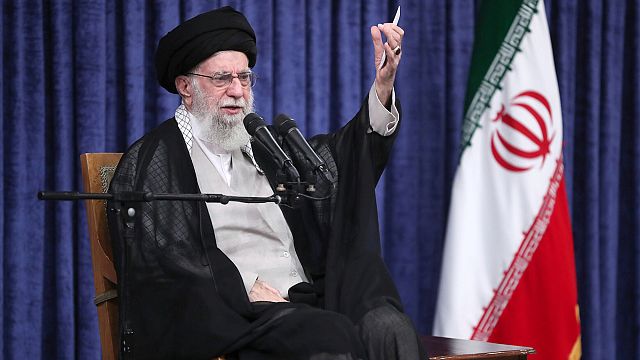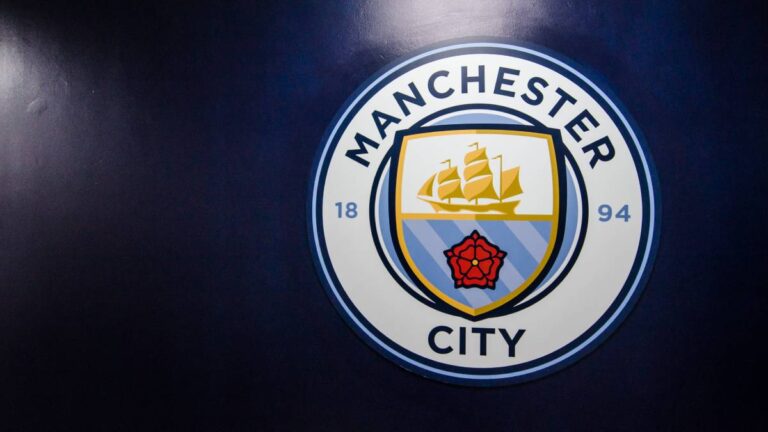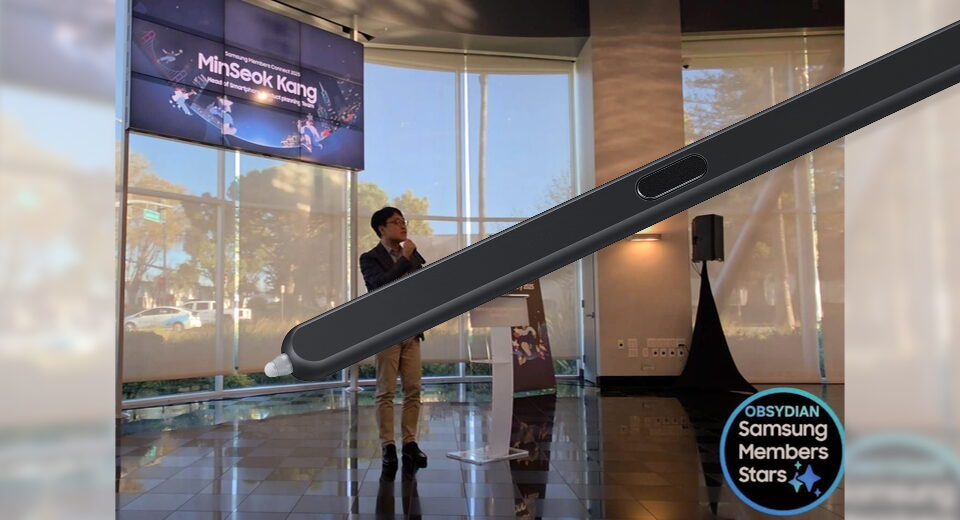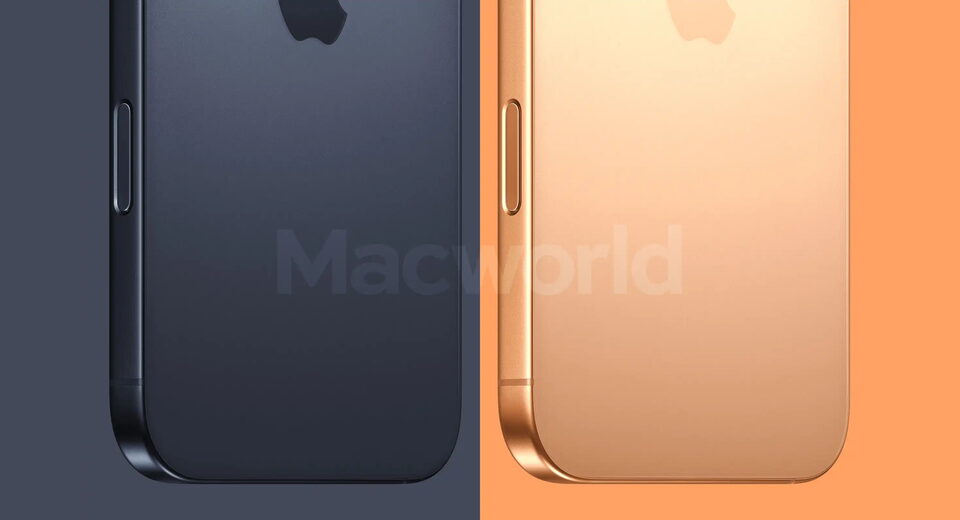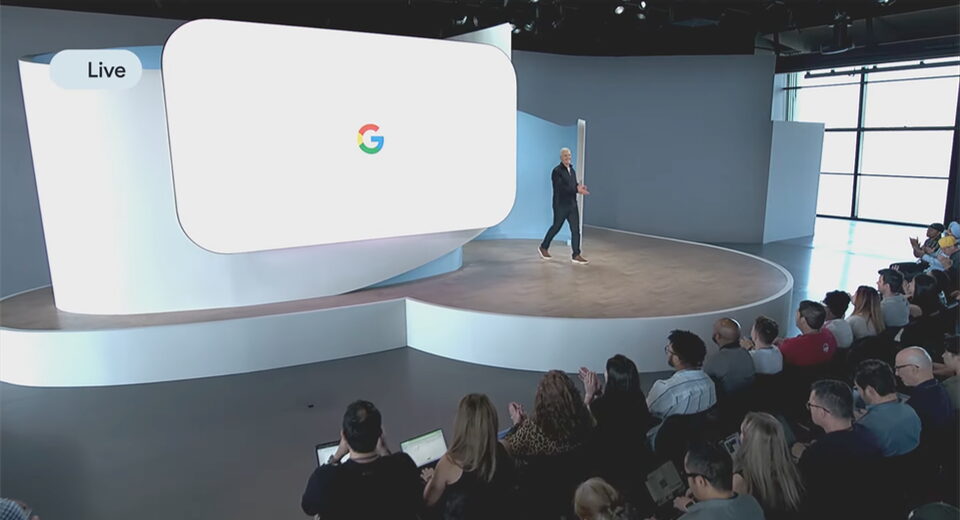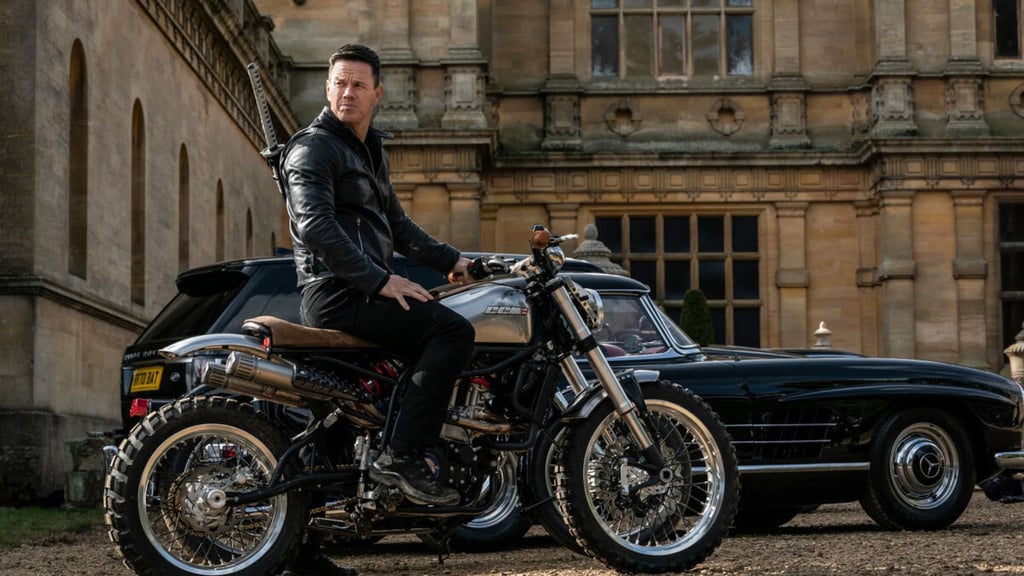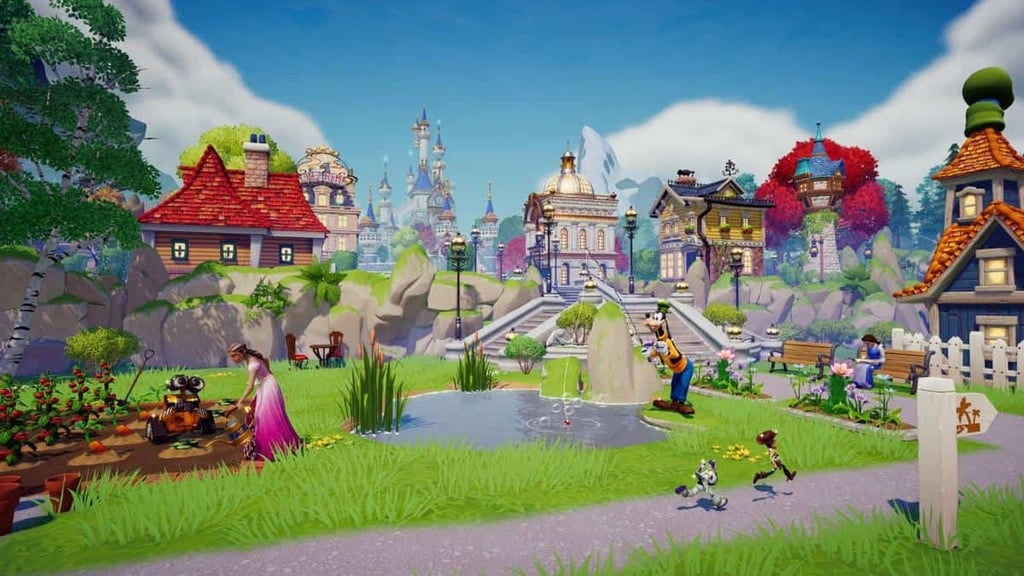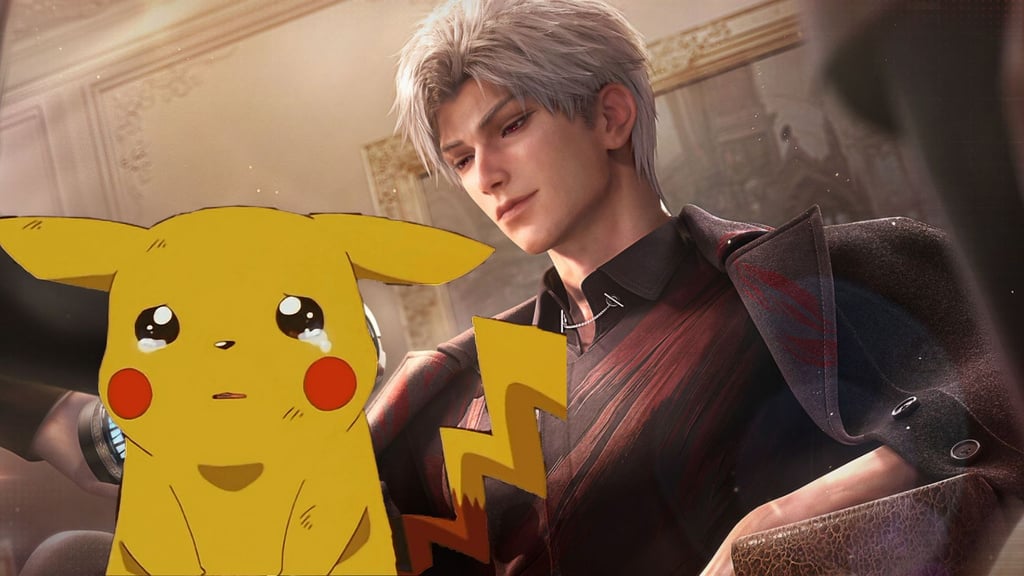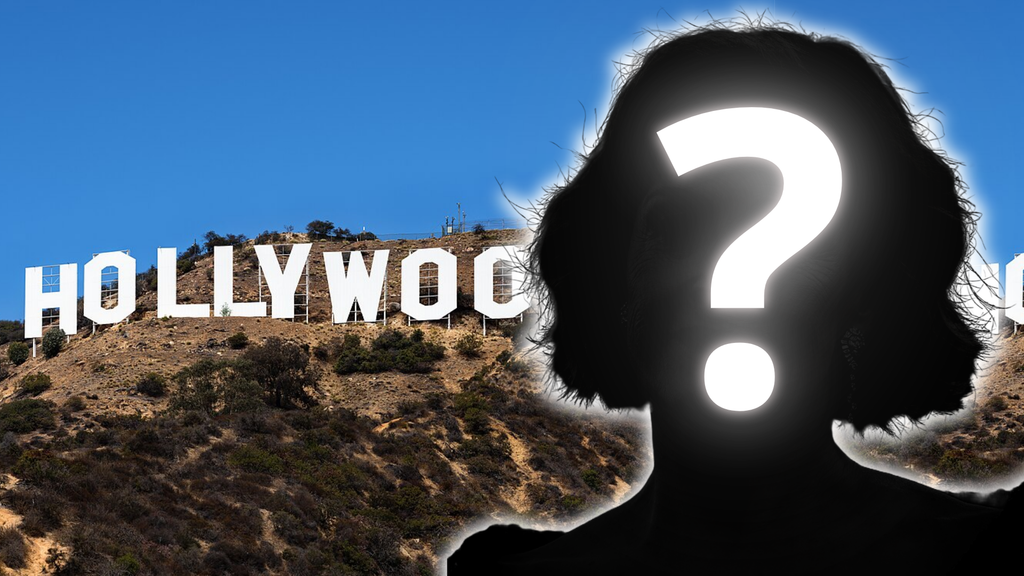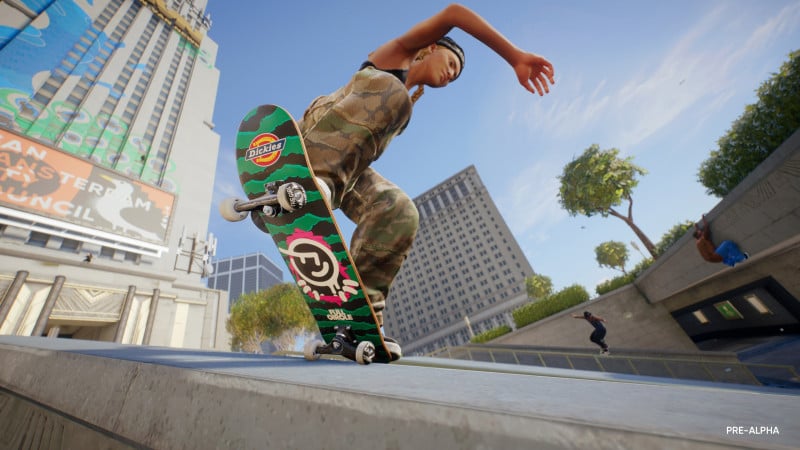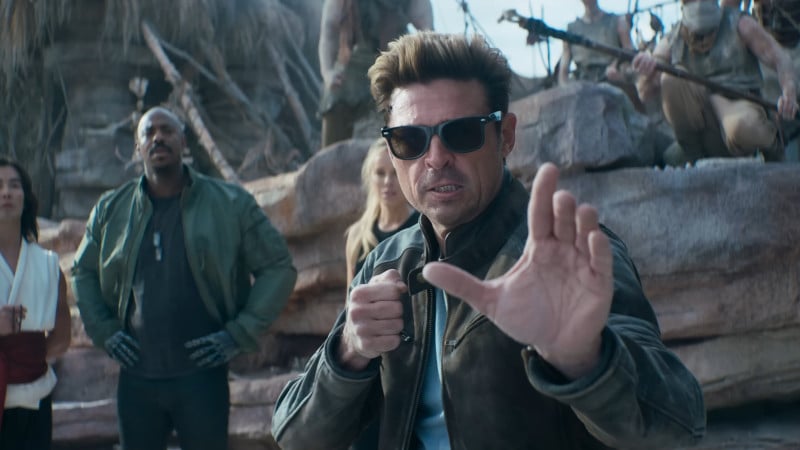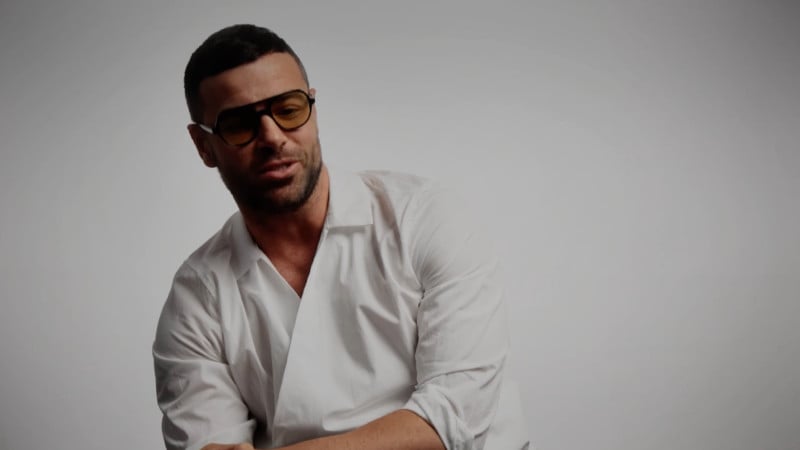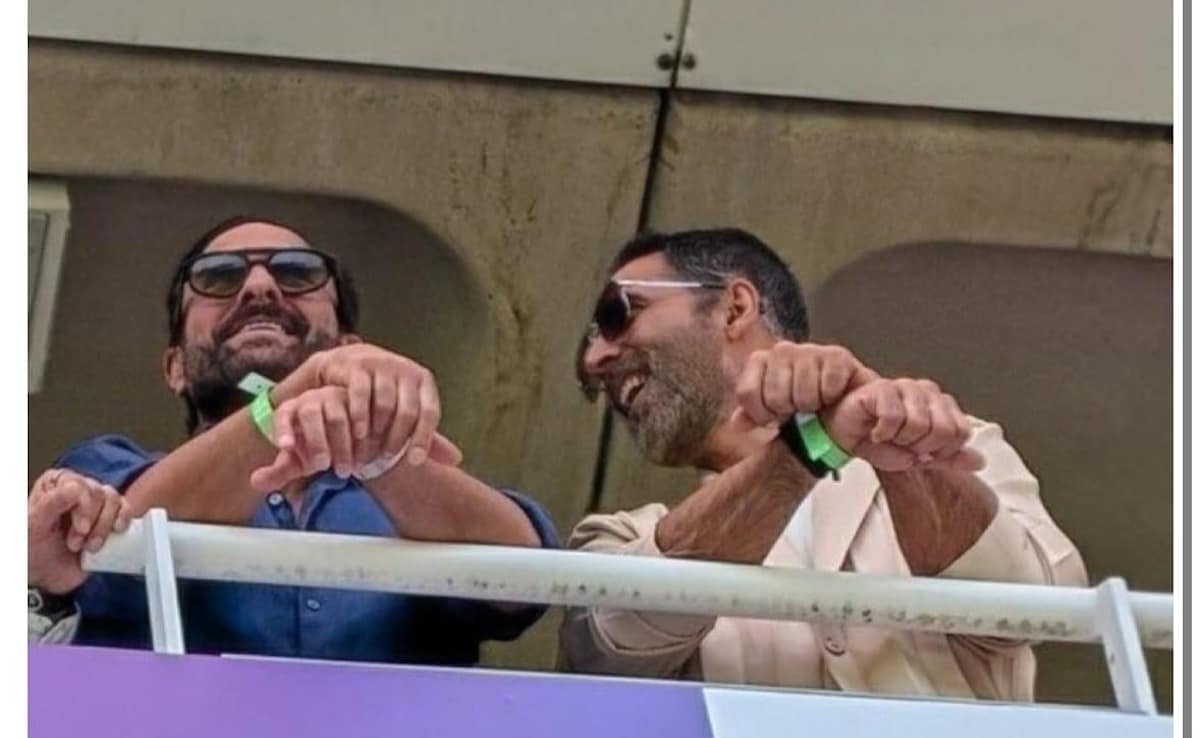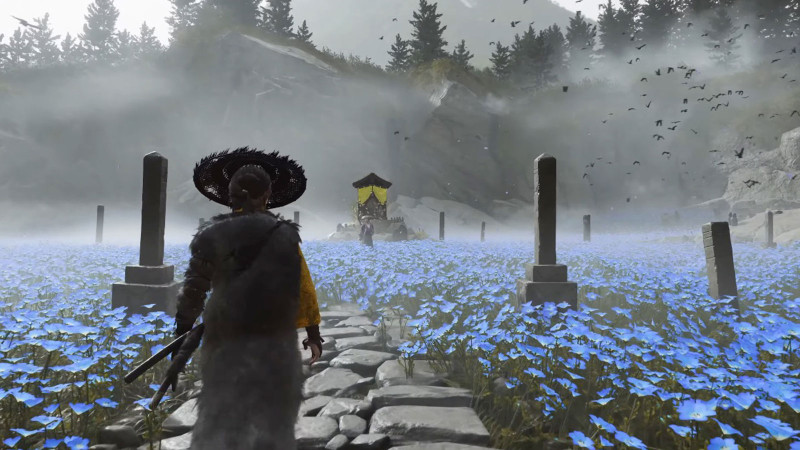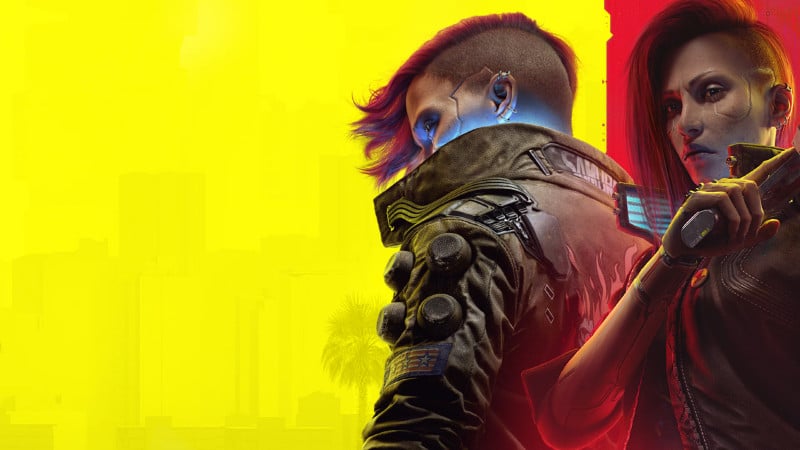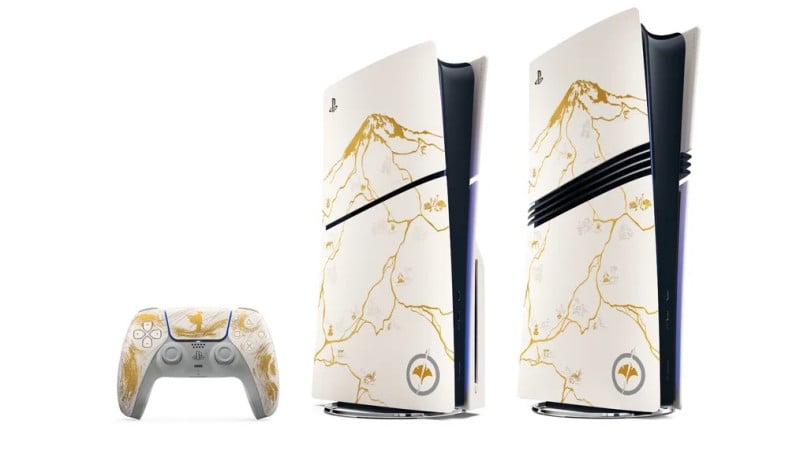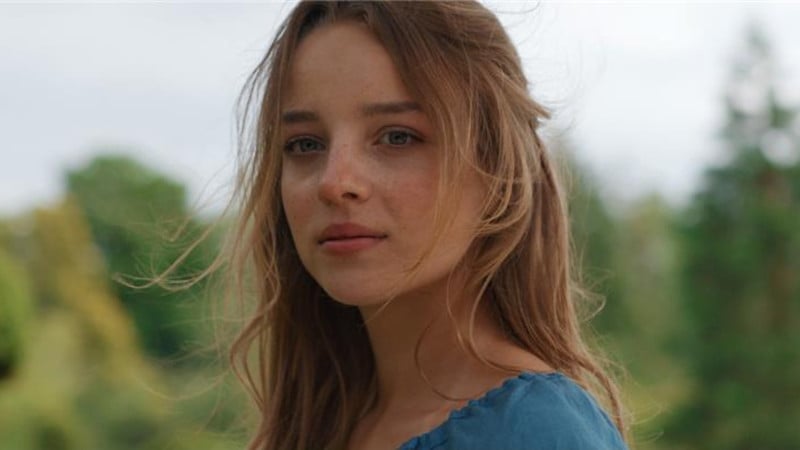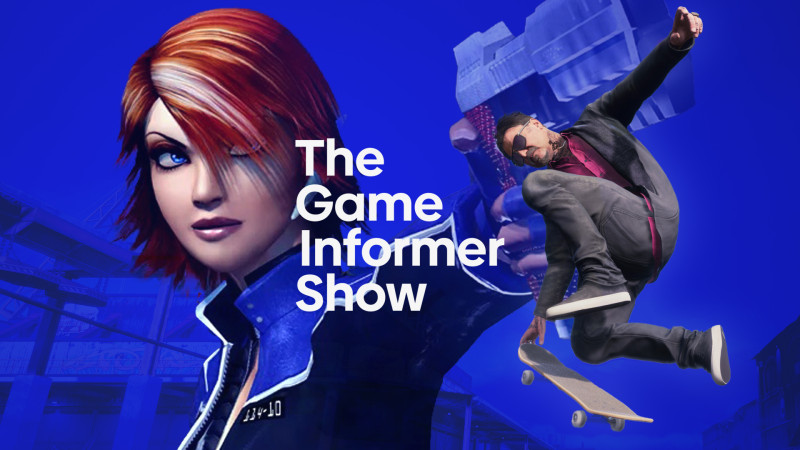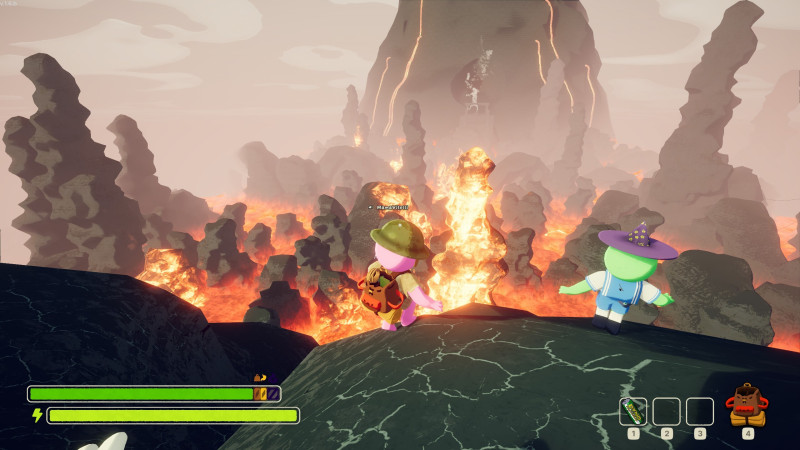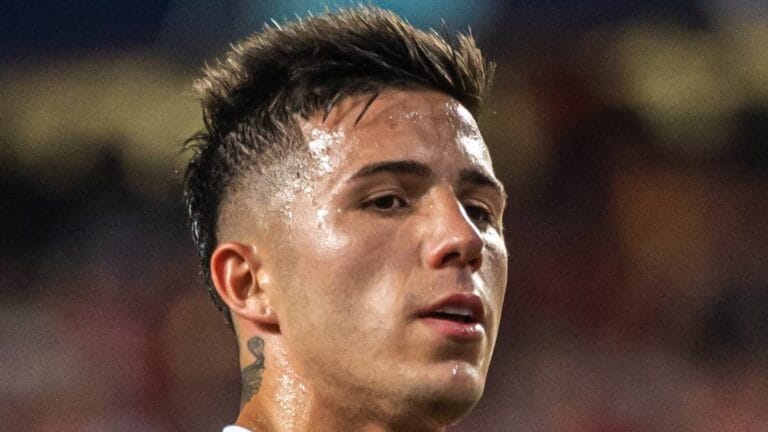Ghost Of Yōtei Directors Share Philosophy On Balancing Freedom With Story
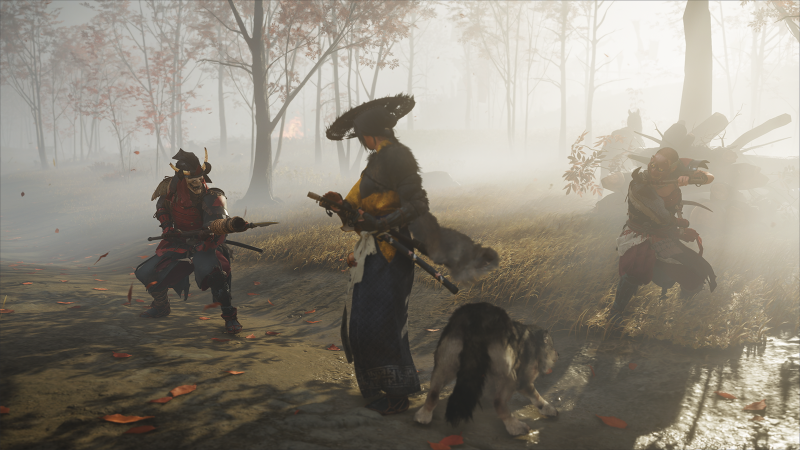
Following Sony and Sucker Punch’s recent State of Play presentation diving deep into Ghost of Yōtei, we had a chance to speak with that game’s co-creative directors Nate Fox and Jason Connell. We dive deeper into some of the new features, like the game’s structure, camps, and navigation, made sure the fast-travel load times are as shockingly fast as they were in the first game, and tried to learn a little more about protagonist Atsu’s Ezo wolf companion.
Game Informer: Why set the sequel so far after Tsushima? It takes place about 300 years later, right? Nate Fox, creative director
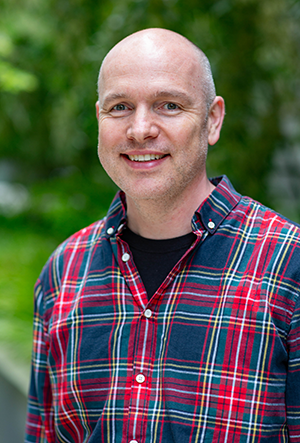
Nate Fox: A little bit less. The game takes place in 1603, which is a pretty interesting time in Japanese history. The warring States period just ended. Peace has broken out across the land, and all of these warriors suddenly don't have jobs anymore. And a number of them went to Ezo, modern day Hokkaido, which is in the far north, which is the edge of Japan.
And this place is a lawless wilderness, right? Very, very dangerous, packed with people. With weapons. And some of them have chips on their shoulders. You take that kind of powder keg and you put it alongside this unbelievably beautiful landscape of Hokkaido. It's just gorgeous. This is the kind of spot you want to put your open world video game right? It's exciting.
So hence the game takes place in 1603 where we get to know this new hero, Atsu, in an origin story that we're really excited to tell.
Will there be ties to Tsushima beyond the mechanics and Japanese setting? Are there going to be narrative ties to Jin Sakai’s story?
This game is very much its own story. It is a spiritual sequel. You don't need to have played Ghost of Tsushima to jump right into Ghost of Yōtei. It is a game where the player is considered something of a ghost. Atsu is considered an Onryō, an avenging spirit, by the people of Ezo because she keeps living through all of these attempts to get revenge, and she becomes a walking legend in the land that she explores. Her reputation precedes her. In this way, it's similar, but it's very much its own story.
A lot of research went into both of these games. Can you tell me a little bit about what that was and what that entailed?
Jason Connell, creative director
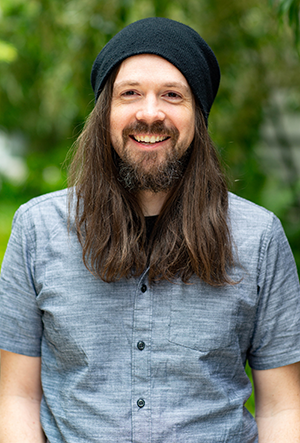
Jason Connell: The research is, as you suggest…, it's not only a lot of enjoyable work. We get to have a lot of fun watching great movies, building relationships with new advisors that kind of help us understand the thoughtful and tasteful ways to make decisions on the game. But it's also just necessary, right? Like, if we're going to make a game as… you know, our studio is a West Coast Studio in the United States and we’re depicting this culture. It feels like you have to be this tall to ride. You have to do it and then there's doing it really well.
We’re so lucky that we've found so many great advisors to help us in this game. In particular, a number of folks have helped us; [...]Nate and I got to go on a research trip again for this one. It was really kind of focused on Hokkaido at large and we spent a number of days, like nine or 10 days or something like that, just all over Hokkaido. And we actually got to meet some members of the Ainu community and one of them is actually one of our advisors.
The family helps advise on the game in a number of ways. There are scripts that they were involved in, or even the patterns. If you ever look at the Ainu they have these beautiful, elegant, awesome patterns and they helped us understand the reasoning behind the art choices of those patterns. It is something we just have no idea about and so they totally help us.
They understand that we're making a piece of entertainment for a global audience, and understanding how to depict their culture in a thoughtful and respectful way? That's really important to us. It's a lot of work upfront, but it all pays off in the end.
Was there anything in that research that surprised you? Maybe something players might be surprised to learn is accurate?
Here’s a couple. I don't know how people will experience it, but here are some things that were just shocking to me in different ways. Like, for example, the name of the game. We visited this lake that overlooked Mount Yōtei off in the distance. Nate and I had a similar, beautifully reflective moment. The same type of moment. Tsushima – remember the river? And then here, it felt like it was Yōtei. It was just this gorgeous kind of mountain we saw midway through our trip, so we've seen a lot of beauty. But that moment, I felt like, “Wow, Yōtei means something.” And it was starting to shape up at that point in the art of our game and the story of our game and where everything takes place to be sort of a centralizing point and all these kinds of things point together and then eventually, it all goes to Yōtei. It was a really flagpole sort of moment for us and sort of how the world kind of came together even to the point where it is the name of the story.
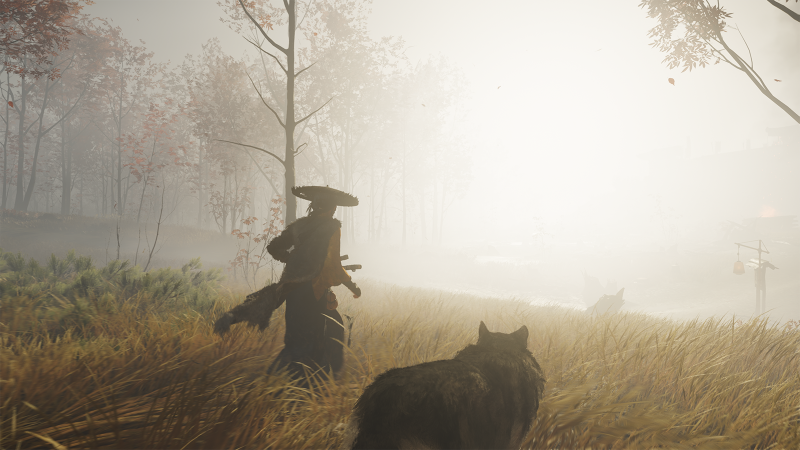
And the other one is the wolf is actually a real wolf. It’s an Ezo wolf that is extinct. So it's awesome to be able to show this ferociously awesome animal.
Nate Fox: They’re big!
Jason Connell: Yeah. But they're not around. So, to celebrate that and to sort of have that in our game and people might not know that. It's just fun that they get to experience that even though they're not real anymore. They don't exist anymore.
The quest structure is open in Ghost of Yōtei. Is it structured as wholly open where there are six people you must kill and you can go after them in any order or direction you want?
So to be clear – it's not that. It’s not that you can pick any order of the six. And I'll tell you why. Nate and I and the studio – and you've played a lot of our games – we really believe in the structure of story. It's really important to us that we develop great characters with good arcs with beginning, middles, and ends. You got to have that, right? That is true. There is an arc with a structure in place. But at the same time, one of the aspects from Ghost of Tsushima that we wanted to not only carry forward but just do an even better job of, was that sense of curiosity and freedom of exploration that the game delivers upon.
And so you have this delicate impasse of, if the story's just perfectly linear and you are just forced on the gold path all the time, you might lose that opportunity for people who just want to explore the landscape. But if you go too far on the other side, you might lose the structure of the story. So, the balance, without giving away all the details, is there is a structure there. A very important structure. But the way it's presented in the first few hours of the game, especially that first section, is it is really about us delivering to you which aspects of the Yōtei Six you want to go after first. There are some options that might lead you in some interesting areas.
I kind of mentioned it a little bit in the State of Play: if you're into sort of ninjas and snow stuff, then this story over here might be more interesting for you. If you're into these castles and these fire weapons, then this area might be for you. But you can bop back and forth between the two of those major areas.
There's a bit more choice in there, but there's still a linear story structure that we really believe in to make sure that Atsu’s vengeance quest tears at the heartstrings. That's the ultimate goal.
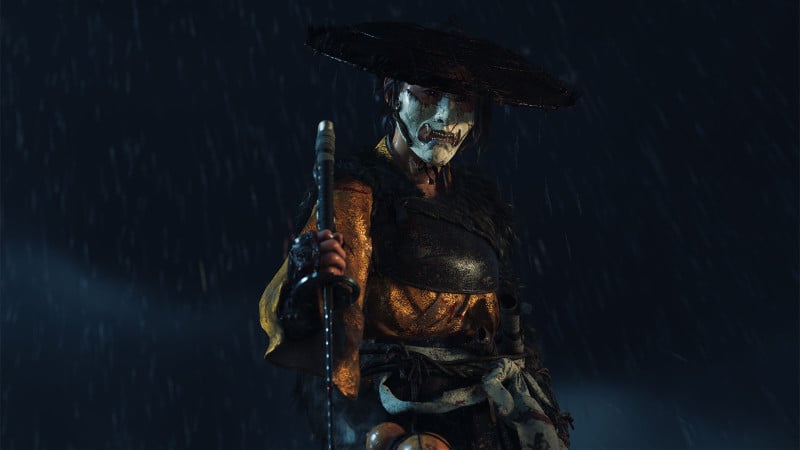
Speaking of heart strings, you’re able to instantly switch to the past to learn about Atsu and her family when she was a child. Where and how often can you do that?
Nate Fox: There are few places in the world that have a lot of memories for Atsu. When you go to these locations, you can hit a button and instantly be transported to the past. You control young Atsu in these locations. You can go back and forth as much as you want in the moment to see maybe how this location has changed, what it looks like right now as an adult, and what it looked like back in your youth. And we want to give players the freedom to kind of go back and forth and to experience some gameplay as a kid so they can recall what it is – so they can feel what it is that Atsu feels. What she lost when her parents were taken from her.
I'm also curious, in a much less emotional way, how it works technically. Tsushima had incredibly impressive load times, even on PlayStation 4. Is this one of the ways that you're taking advantage of PlayStation 5? Swapping to the past?
You're absolutely right. It is because of the PlayStation 5 that we can do this flipping back and forth. It's very powerful business to have both of them on at one time. And it's allowing us to give you that experience of spending time with your brother and your parents and getting to know them, because, of course, your whole family got wiped out, right? I'm glad that we have that opportunity to give players exposure to that in this layered fashion.
Jason Connell: It absolutely helps in the memory feature to be able to just mash the button back and forth and see all the cool things change very quickly in a really cool, poetic way.
But honestly, there's a whole host of things that we also got to improve upon. There's much, much further sight lines making the mountains feel so far away. The team did just such a great job making them feel epic and large and big. The terrain tessellation, we've done some work on there, higher-fidelity rendering for far terrain. In general it just looks much higher quality than some of our far away distance stuff in the past. There is a bunch of localized volumetric fog. We love the fog and we had more of just standard fog in the last game and it was beautiful and really well done. But now there's actually localized volumetric work. We did some work on low lying clouds and we improved skin and hair rendering.
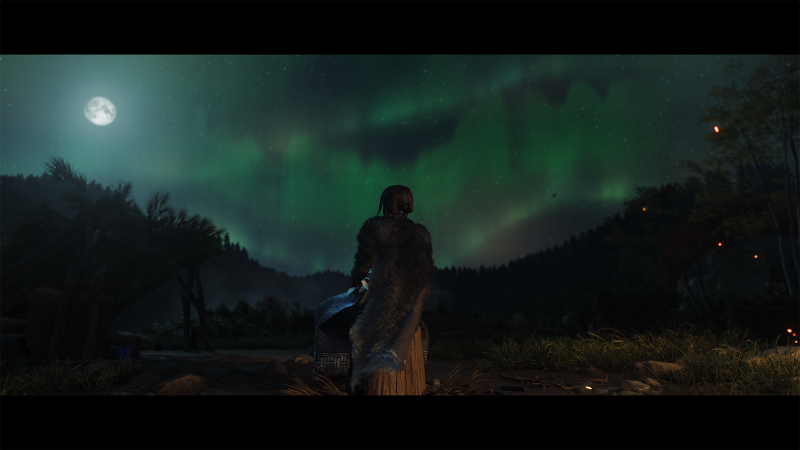
At some point we're going to do a, “Here's all the cool base and Pro sort of features,” and we'll outline it all. But one of the great parts of working on the second installment of something is that you get to take all those features and iterate on them in a way that is not just, “Ah! Photorealism button. Who cares about that?” It's about the artistic expression that we're going for. The art. There's a style to Ghost that is really important. And it's not just pure photoreal, though photorealism has an aspect to it. It's really taking that style, bringing it a little bit more forward and developing features that help achieve our visual and aesthetic and emotional and tonal goals. Like creating the aurora borealis. We didn't have that in the last game. Being able to create effects that go into the skybox. These were the things we didn't have. And they're not just buttons of photorealism and rendering. They're directed by the experience that we would like to have.
Fast travel – still super quick? Ghost of Tsushima has some of the fastest fast-travel loading of any game.
Yep. Super fast. It's a convenience thing, right? That's not going anywhere because people like it so much. But yeah, it's pretty quick.
I know you told me all these wonderful technical things and I'm just like, “But when I want to go somewhere else, I can go there really fast, right?”
Yeah. People love it.
Nate Fox: You can!
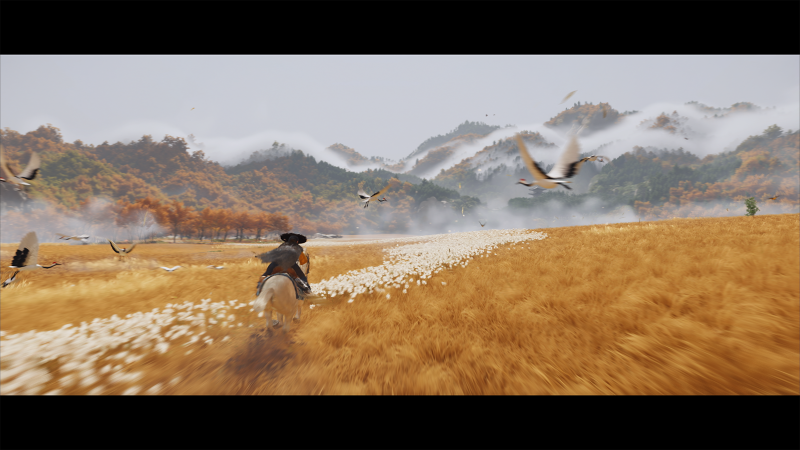
The wind navigation system is crucial to Tsushima. It's one of the most memorable aspects of that game. We saw a little bit of it in the State of Play, but I was curious how it has been iterated on for Yōtei.
Jason Connell: The wind system – there has been some iteration on it. Ezo is such a vast place that we have developed some features for the wind to sort of guide around big objects. The last game it was just linear. It was just like, “Point to the place and you go there!” Doesn't matter if there's a giant cliff there or not. And now we have actually a little bit of a system to help guide around some of the major obstacles, to make it a little bit more of an improved experience for such a vast world.
Traversal is super helped with the experience versus it being linear. But on top of that we just did a whole bunch of other exploration-forward features, because wind is birthed out of the feeling that we want to create a diegetic experience where we want you to be in the game world so you can keep looking at the game world as much as you can. We’ve augmented that with a couple of other features like the shamisen Atsu carries on her back. You learn certain songs and those certain songs will guide you to certain things. There's lots of things that we've created like that, like the wind, that are just nice additions to that diegetic exploration experience.

How did the new Miike and Watanabe director modes come to exist? Did you meet Miike and Watanabe? What were those meetings like?
Yeah, we did meet with them. First, I should say that these modes, especially for the first one, the Akira Kurosawa mode in the last game, was birthed out of our just love and joy. We were like, “We should have a black and white mode,” because there's so much of these films that we've watched over and over again to sort of learn the nuances of how to bring those moments to life. And that birthed into, “Oh, I wonder if we could partner with the Kurosawa estate and see if we can get his namesake in it.” That ended up working really well for us and we felt that was a great fanfare for people that care about this stuff as much as we do.
And then moving forward – well, we have that again. And we were very excited that they would like to partner again. So we did. And we thought who else? We started looking around and we had two and they're both very different. We wanted something that was maybe a bit more combat-driven and one that was more audible.
The combat one was like… look at 13 Assassins. That was our number one reference point, or at least one of the top reference points for Ghost in general. Ghost of Tsushima? 13 Assassins. Ghost of Yōtei? There's some 13 Assassins stuff in that, too. Improvisational sort of fighting, grabbing weapons. That style of combat is a massive reference point. We reached out to Miike. He was super stoked. We had a really great conversation. He's such a cool, creative individual. He’s even got a sword kit in the game players can find. It has a special name. He named it, and so it's very, very exciting.
Watanabe is the same thing. His show Lazarus had just come out, or I had just recently watched it. He had heard about our game, so it was a really nice touchstone and it felt like there was a nice overlap of what we were trying to show off, and I was so excited about it.
It's really cool. It's really fun as fans of the genre in general, to be able to take the thing that we've created and inject some fanfare collaborations for all the people that do care about that kind of stuff. Some people won't turn these modes on and won't even know they exist, but the people that will hopefully love them as much as we have been inspired by them.
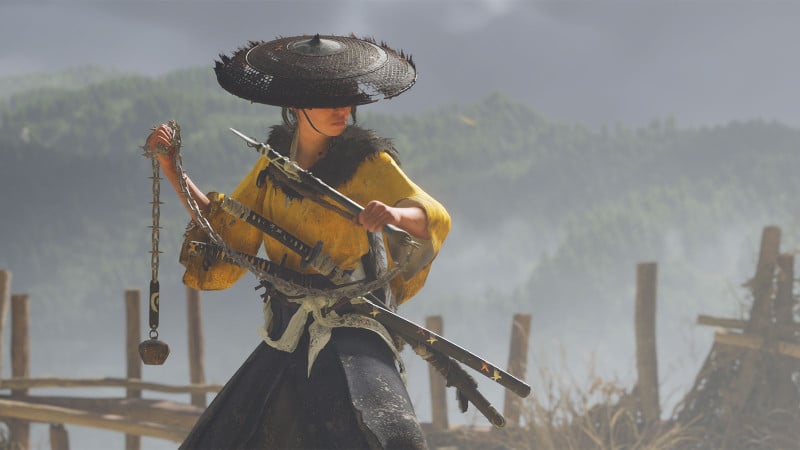
Not sure if it is the right term in-game, but can you befriend more than wolves? In the State of Play while showing off the photo mode, we Atsu standing with a bear.
Nate Fox: The wolf shadows you throughout your adventure. It's a wild animal. It's definitely not a dog that comes when called. It is an ally that is a representation of the wilderness. Now, Atsu is kind of attuned to the natural world and so there are a great variety of different animals in Ezo that she can kind of get close to and interact with, like a big herd of wild horses you can ride inside of and kind of speed up as you're amongst them all. It's a great thing for the player to discover as they're out exploring Ezo itself. But as far as allies go, the wolf is your prime animal ally.
The Internet is speculating that the wolf is Jin Sakai reincarnated. Do you have any comment on that?
Jason Connell: I love our fans [laughs]. They’re so creative. I love it.
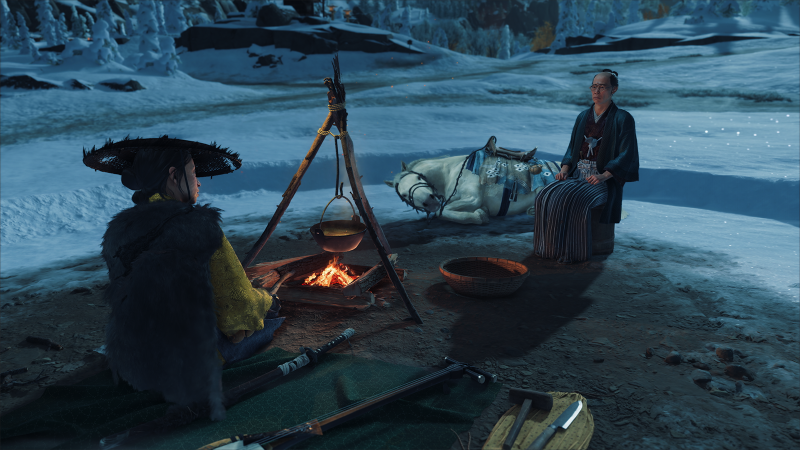
How do the camps work specifically? Can you request certain vendors come right to you?
Effectively. I'll say this – it is another way where we're trying to create a feature that tonally fits within the landscape. Big. Wild. North, under the wilderness. Great camping. That's great. Taking something that tonally fits into the game and seeing if we can wrap up the mechanics around it and respecting the player's time and where they are. Right? Fast traveling is fine and fun and it's super quick, as we pointed out. But if I'm exploring in an area and I go, “I know I have enough to get the bow upgrade,” because we tell you all that information like we did in the last game too, “but I have to like leave this place, go over here to this town, and now it's in the snow, and then I'm going to come back over here” – it's really sort of discordant. It really kind of breaks your immersion of exploring this cool place that I'm in right here, right now.
Or you can just go to that wolf pack menu and call the camp here and that character will come and appear at your camp. And they will show up and be like, “Hey, here's your bow upgrade.” That is a way for people to stay in that moment and get their upgrade, maybe cook some food and get a nice boon, and then they're on their way without having to – even though our fast travel is quick – it's about staying in that location.
They can still fast travel if they like that, too. It's quite nice in that way. If you don't call somebody, somebody might just appear that you had not known. There's sort of unknowns or people and surprise visitors that might show up, as well.
Infamous Second Son (2014)
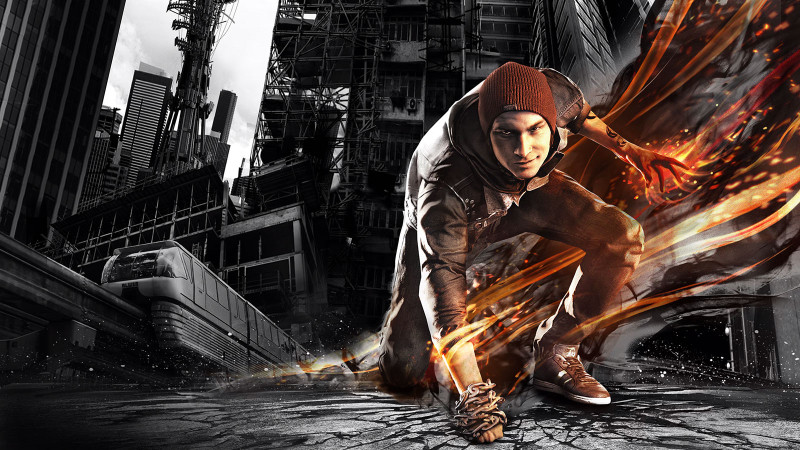
Would you be opening to revisiting Infamous maybe for a trilogy rerelease or something like that?
Nate Fox: I would love to work on more Infamous. I would love to see a trilogy rerelease, but Sucker Punch is a one game at a time shop, and right now we are very focused on finishing Ghost of Yōtei.
Assassin's Creed Shadows (2025)
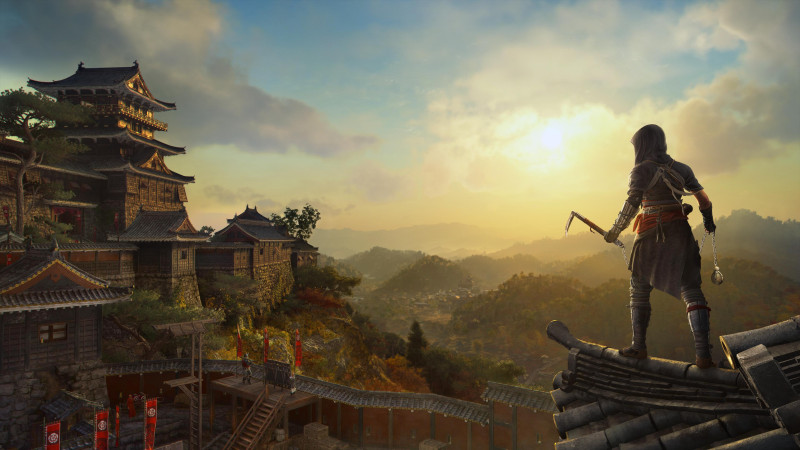
What did you think of Assassin's Creed Shadows? Comparisons are going to be inevitable.
Jason Connell: As creators, you get to look at this stuff in two ways. You either see anything that comes near you and you kind of freeze up, or you just get excited at the fact that the medium that you're working in is being expanded upon, and people are liking that flavor enough to where they're going to invest time to make a new game.
Nate and I solely sit on that latter one. We were very, very excited about anything, film overlap, game stuff – these things are just inevitable as creators and you learn to embrace it. And Ubisoft makes awesome games. I've been making games for a really long time. I think it's just fun to see so many other cool games in this space. It's exciting for us.
Ghost of Yōtei releases on October 2 exclusively on PlayStation 5. To learn everything shared from the recent Ghost Of Yōtei State of Play, head here.
What's Your Reaction?
 Like
0
Like
0
 Dislike
0
Dislike
0
 Love
0
Love
0
 Funny
0
Funny
0
 Angry
0
Angry
0
 Sad
0
Sad
0
 Wow
0
Wow
0






